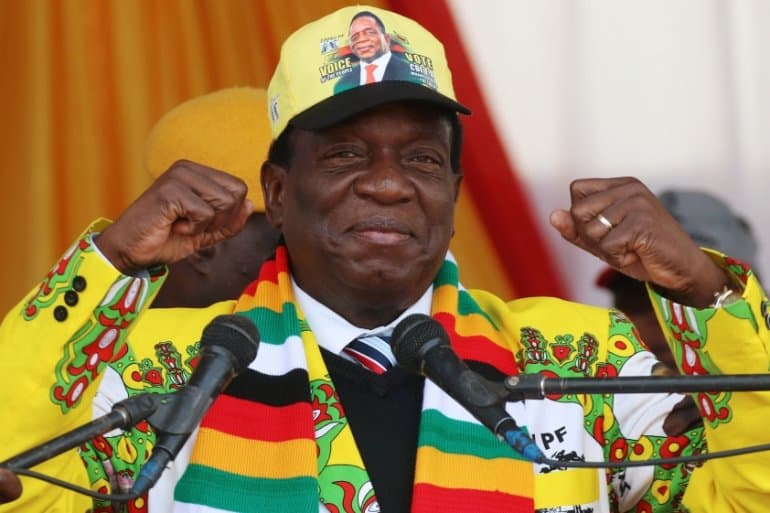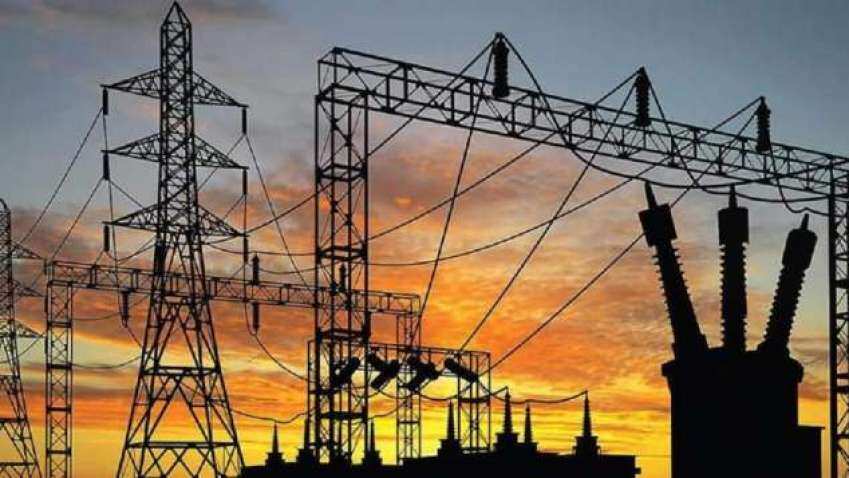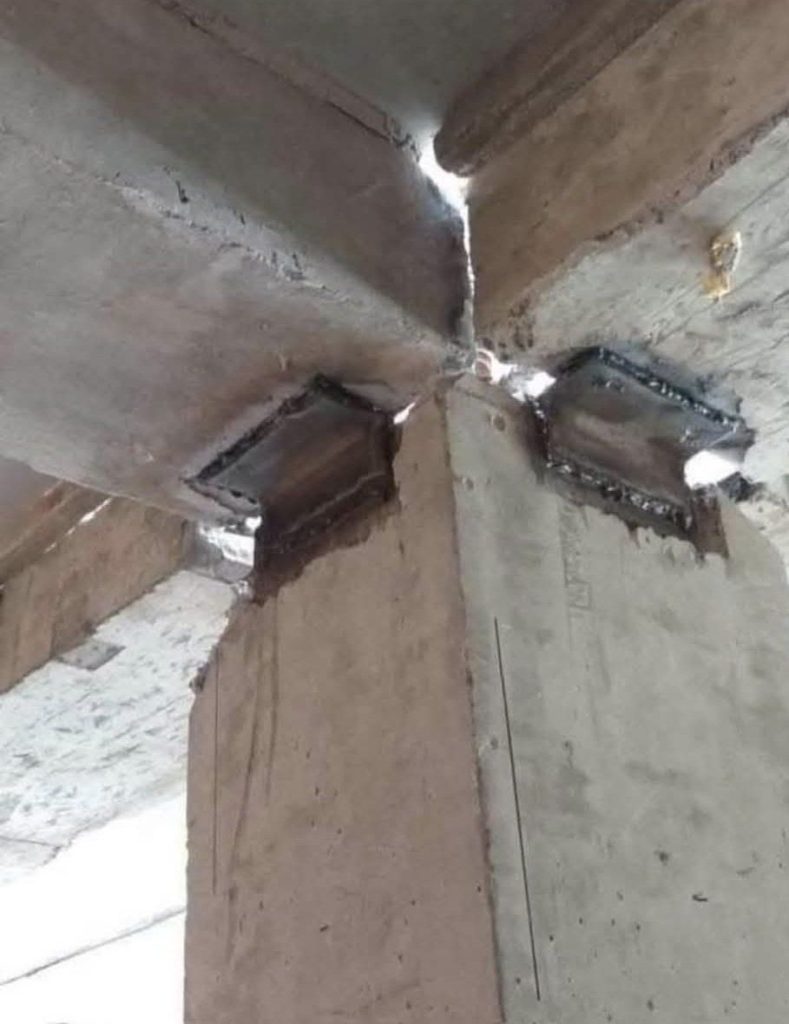DT Correspondent
The mining industry remains the largest consumer of electricity, accounting for 24.5 percent of the country’s total consumption during the first quarter of 2023, according to data from the Zimbabwe National Statistics Agency (ZimStat).
The figures reveal the significant energy demands placed on the sector, with implications for both the industry’s growth and the cost of production.
The statistics also shed light on the challenges posed by the recently approved tariff increase, which experts argue is excessively high and threatens the affordability of electricity for mining companies.
The ZimStat Index of Electricity Generation (IEG) for the first quarter of 2023 provides a comprehensive overview of electricity consumption in various sectors.
The mining industry alone consumed 489.1 GWh (gigawatt-hours), representing 24.5 percent of the total consumption.
The combined industries of construction, transport, and manufacturing accounted for 544.6 GWh (27.1 percent of total consumption), while domestic users consumed 484.1 GWh (24.1 percent).
Agriculture and forestry accounted for 86.8 GWh (4.3 percent), and other users consumed 398.2 GWh (19.9 percent).
The IEG for the first quarter of 2023 stood at 56.5, reflecting a significant year-on-year decrease of 37.8 percent compared to the 90.9 recorded in the same period of 2022.
Additionally, the quarter-on-quarter comparison revealed a 20.6 percent decrease in the index, dropping from 71.2 percent in the fourth quarter of 2022 to 56.5 percent in the first quarter of 2023.
The total electricity generated during this period amounted to 1,410 GWh, with Kariba Power Station and Hwange accounting for 45.4 percent and 43.7 percent respectively.
Independent Power Producers (IPPs) contributed 9.6 percent, Munyati Power Station 0.9 percent, Harare Power Station 0.2 percent, and Bulawayo 0.1 percent.
The rising cost of electricity poses a significant challenge for the mining industry’s growth and development.
Experts within the sector have expressed concerns about the recently approved tariff of US$c14.21 per kilowatt-hour (KWh), considering it to be excessively high and unaffordable. The tariff increase from US$c12.21/KWh to US$c14.21/KWh is expected to raise the proportion of electricity costs to 24 percent, up from 21 percent at the previous tariff rate.
As a result, the overall cost of production is projected to increase by 7 percent to 10 percent due to higher electricity expenses.
Mining executives have analyzed the tolerable tariff levels and indicated that, on average, companies can accommodate a tariff of approximately US$c9/KWh.
Around 90% of mining executives stated that they would accept a tariff ranging from US$c7/KWh to US$c10/KWh, while 10 percent indicated a tolerance for a tariff between US$c6/KWh and US$c7/KWh.
Regarding payment modalities, the majority of mining executives (90 percent) insisted on aligning electricity bill payments with the prevailing foreign currency retention framework.
However, executives in the coal sector recommended full payment in Zimbabwean dollars (ZWL) since they receive most of their coal delivery payments in local currency.
The mounting electricity costs and the impact of the tariff increase pose significant challenges to the mining industry’s viability and competitiveness in Zimbabwe.





